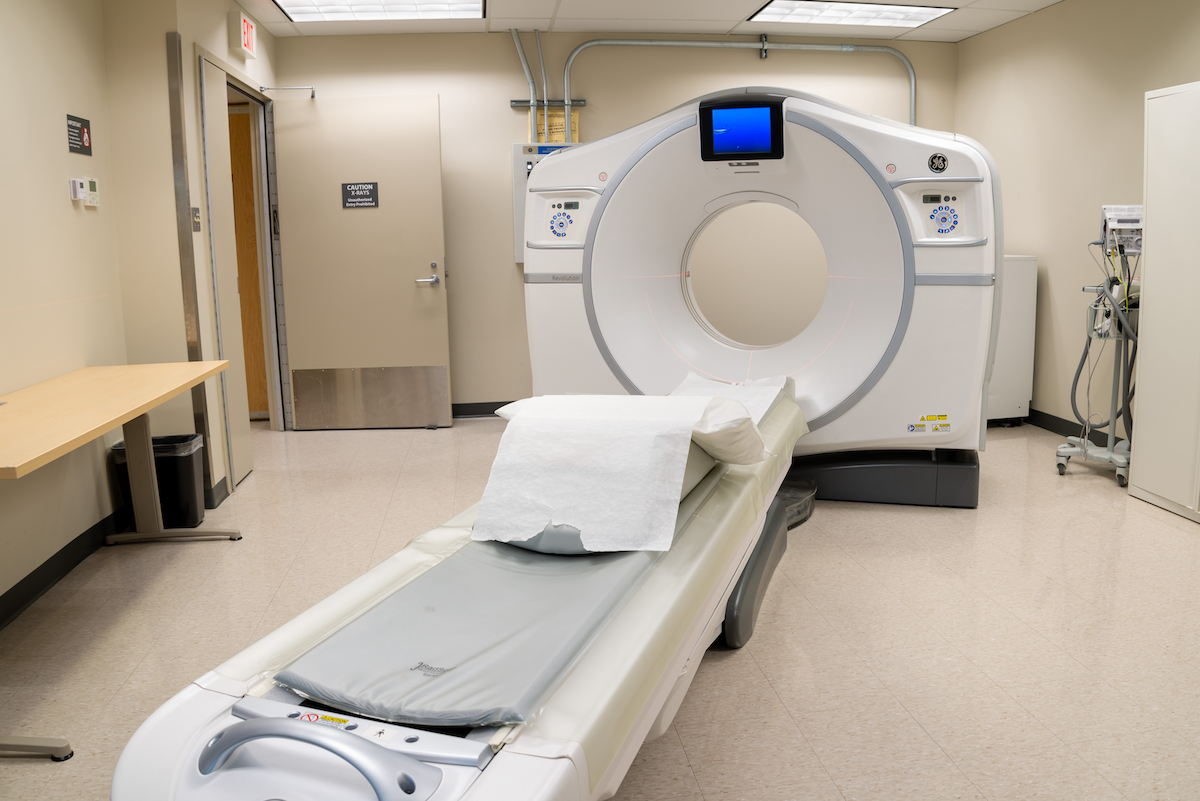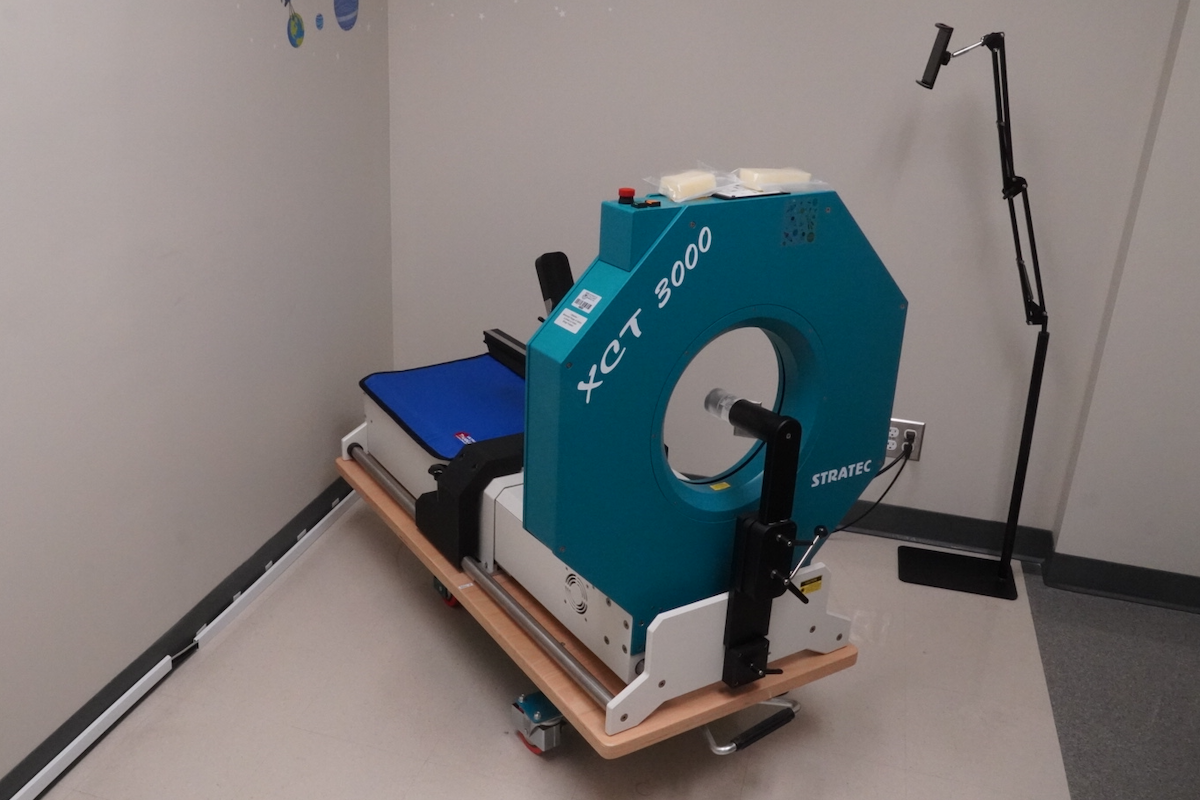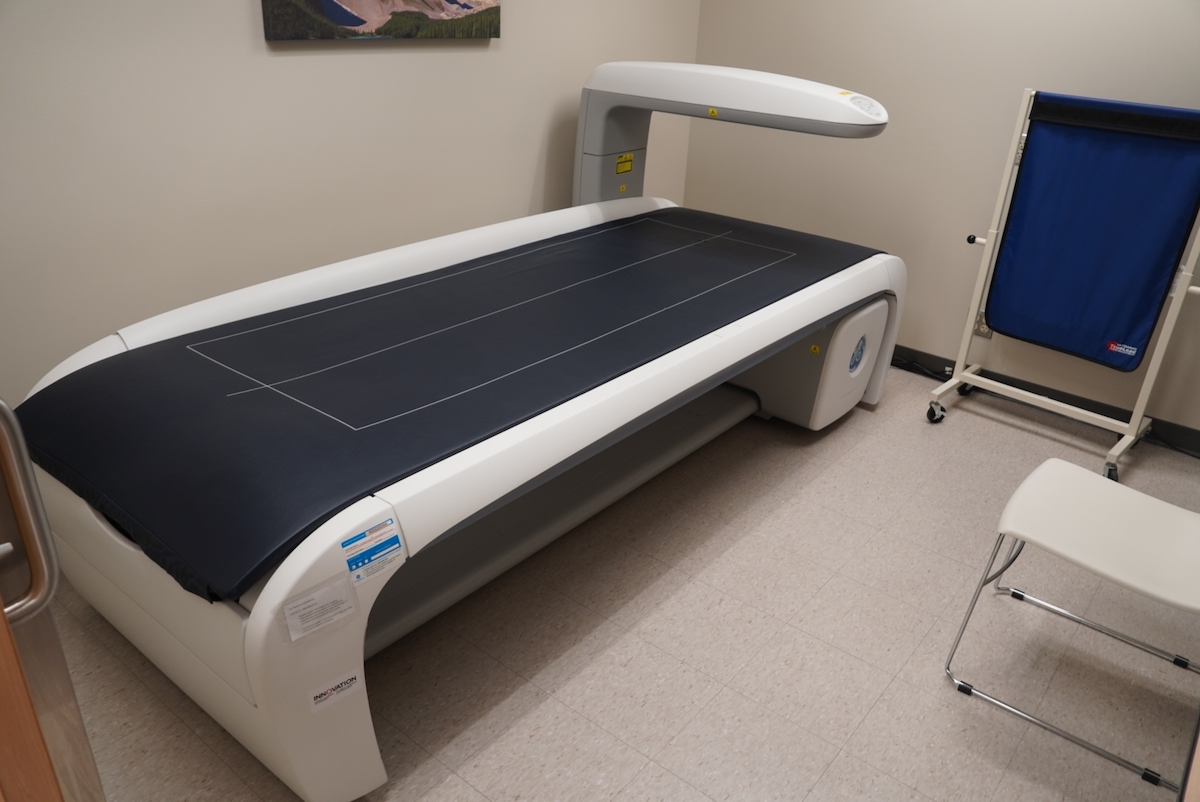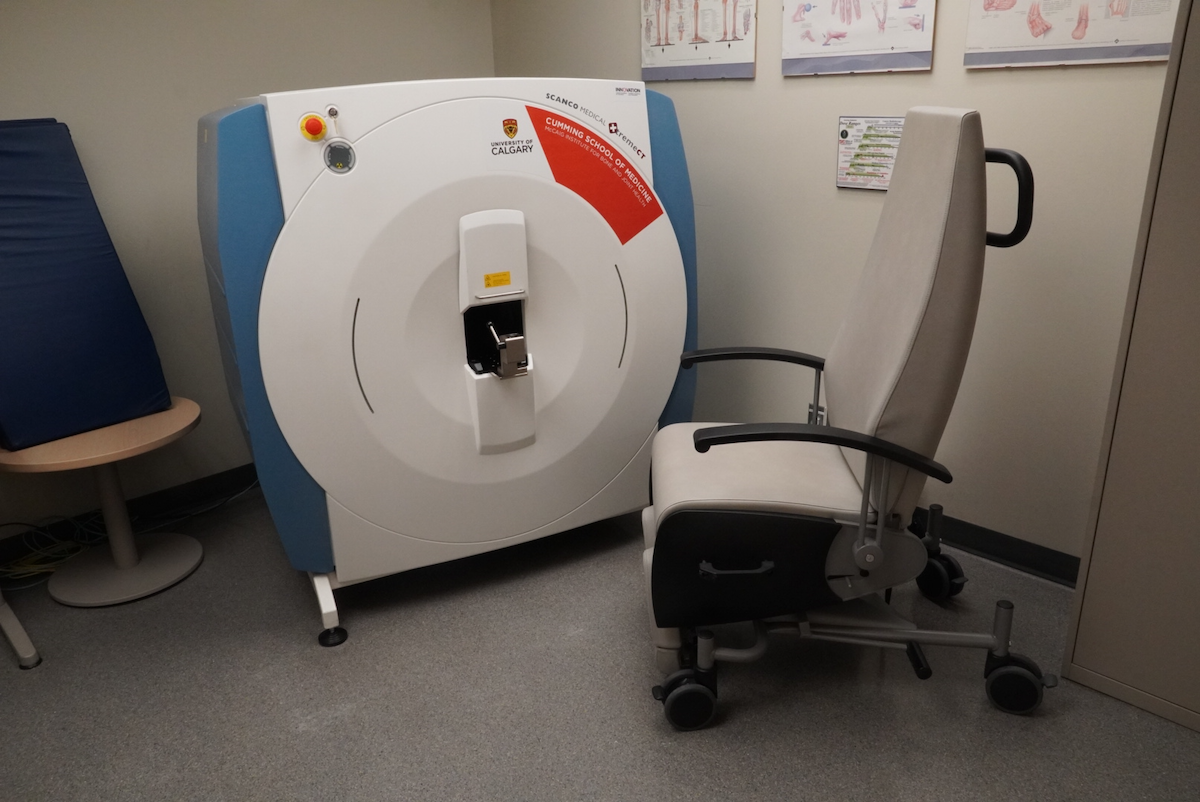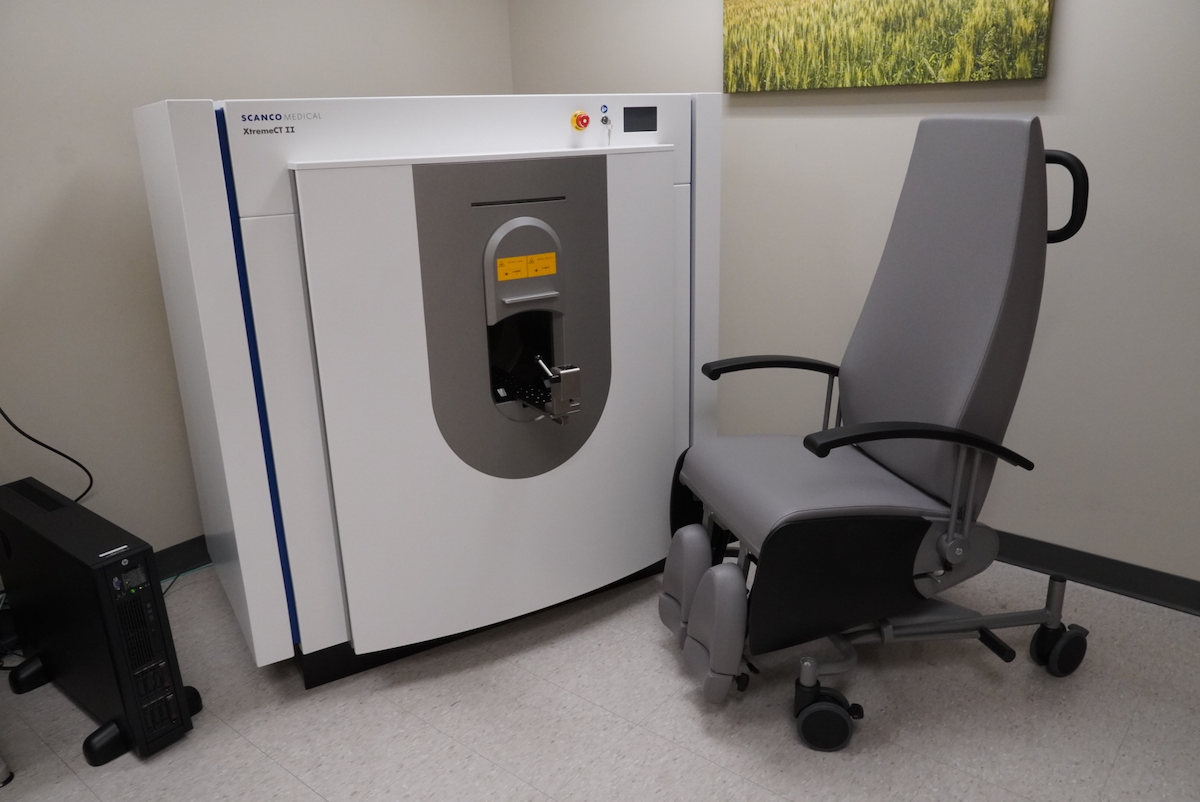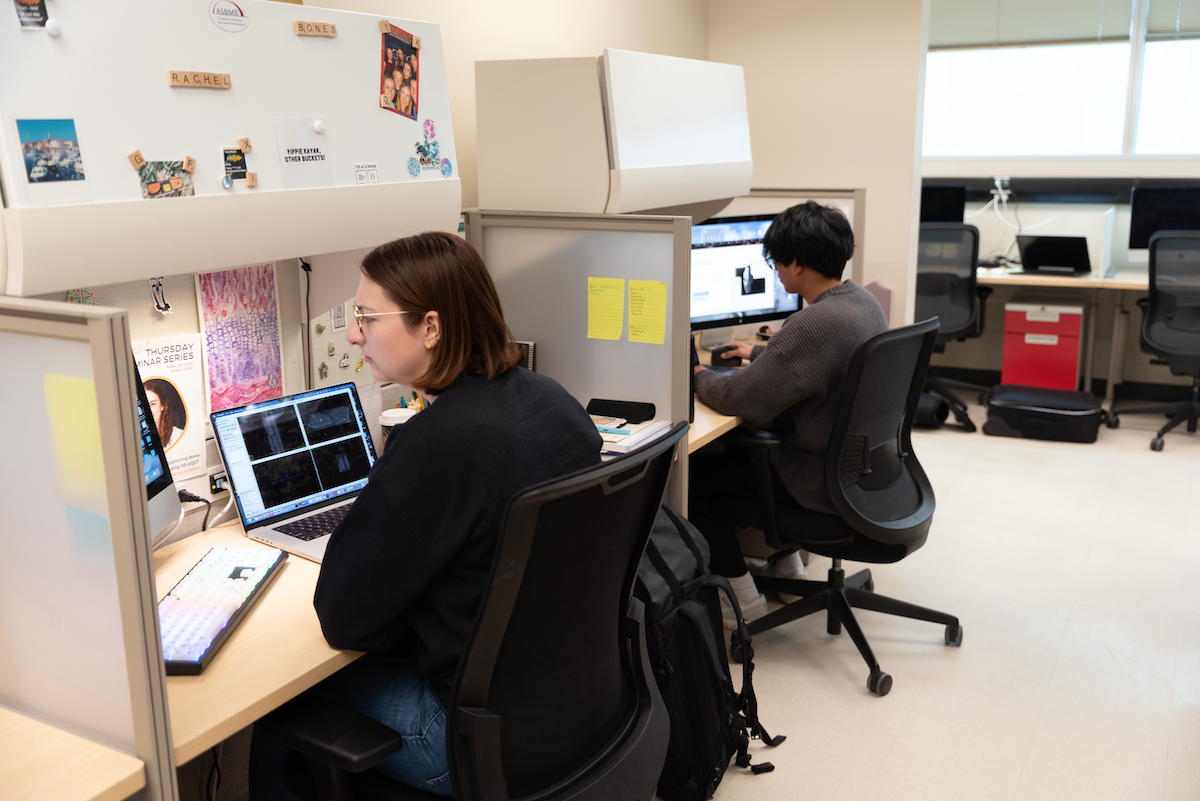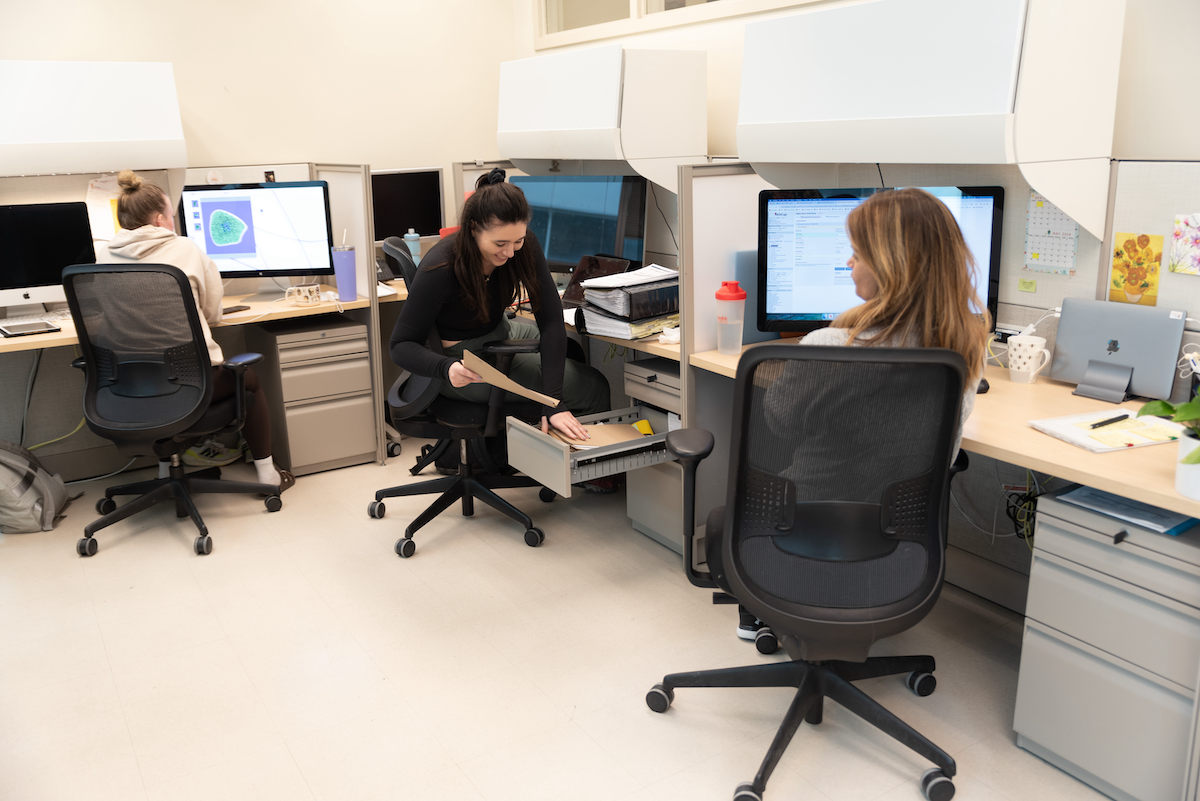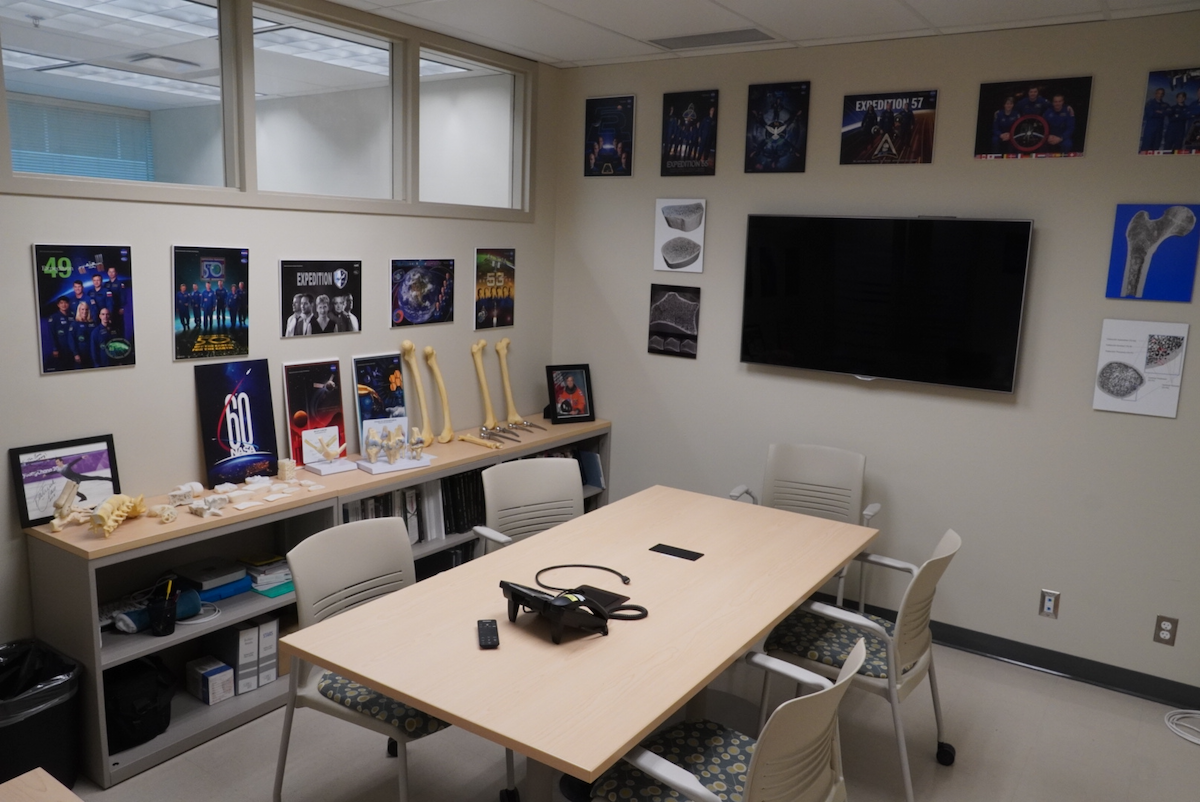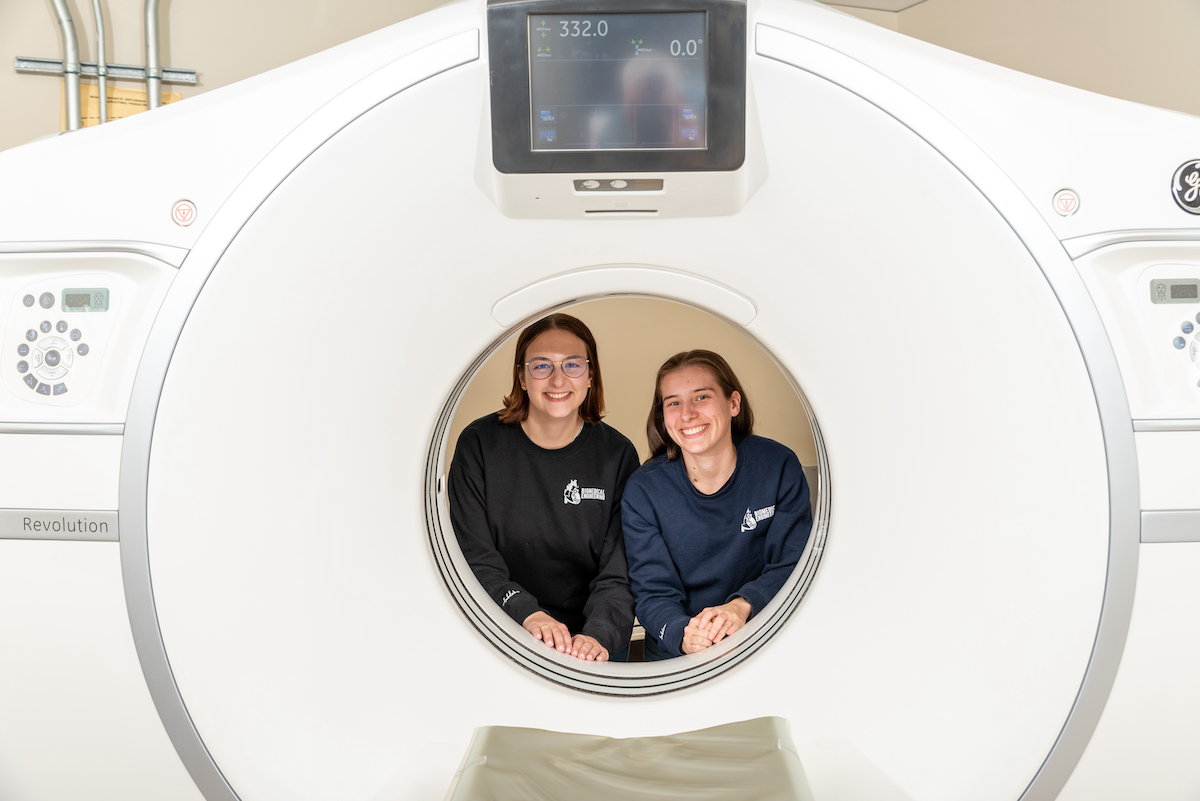Research
See below for a taste of the types of studies we do, analysis methods we develop, and the lab and equipment in it.
Studies
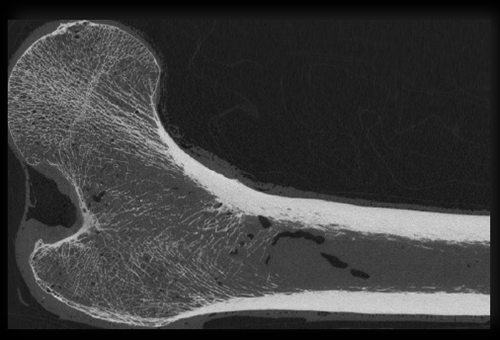
CaBHS A population-based study investigating the variation of bone across the lifespan so that we can determine who might be at risk for a fragility fracture.
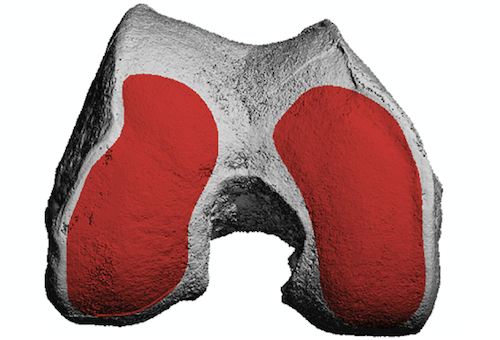
SALTAC II We know that knee injuries affect all the tissues in the joint, so this study explores the role bone plays in the potential developemnt of osteoarthritis.
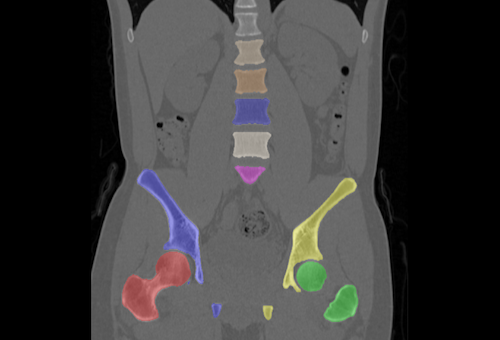
RETRO CT scans are done in the healthcare system for many reasons, so we do opportunistic CT to reuse them to determine their bone health.
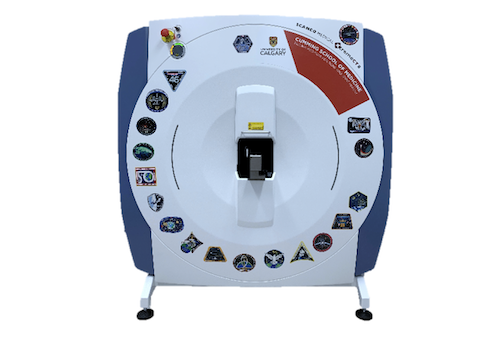
TBONE Astronauts lose bone in space due to microgravity, so we study how their microarchitecture changes in space and how it recovers when they return to Earth.
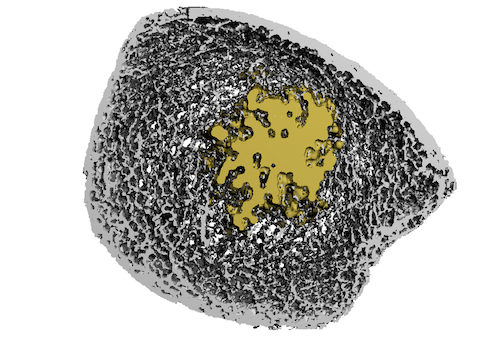
HipFX We used new morphological parameters and machine learning to predict when a person is at risk of a hip fracture based on their microarchitecture.
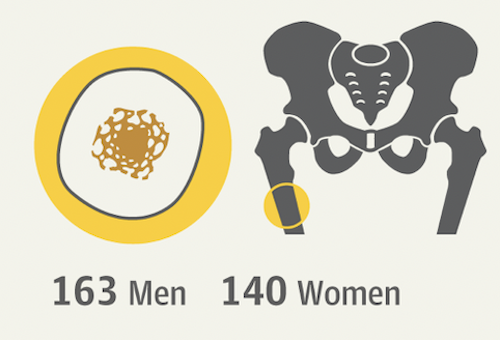
VITD A 3-year double-blind randomized controlled trial to study the effects of low, medium and high vitamin D supplementation on bone health using HR-pQCT.
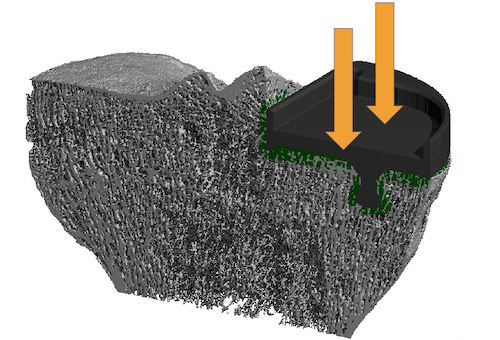
FAIM We combine medical imaging with finite element analysis to non-invasively determine bone strength of people for the prediction of fracture.
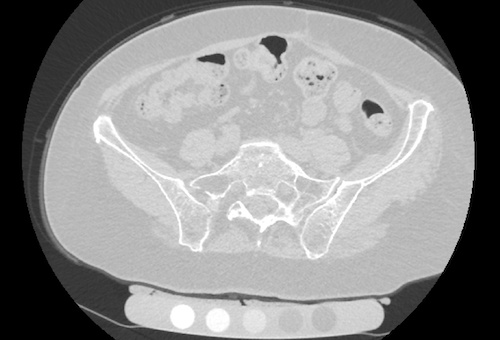
ARTININ We use clinical CT scans for developing asynchronous and phantom-based approaches to measure volumetric bone mineral density.
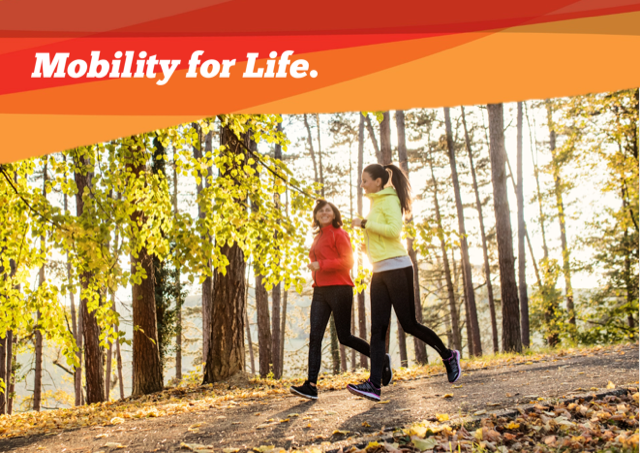
M4L A longitudinal cohort of people who have committed to research by completing annual surveys and optionally engaging in musculoskeletal studies.
Software
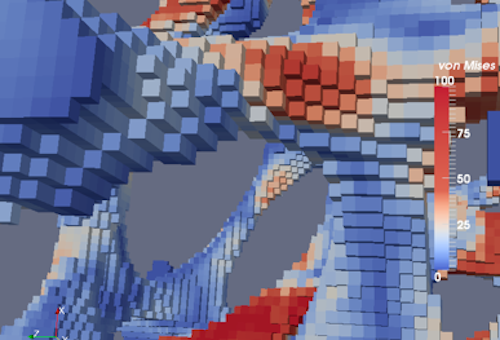
This free package can be installed on MacOS, Linux or Windows for solving image-based FE models. It includes n88tools/vtkbone that reads AIM files.
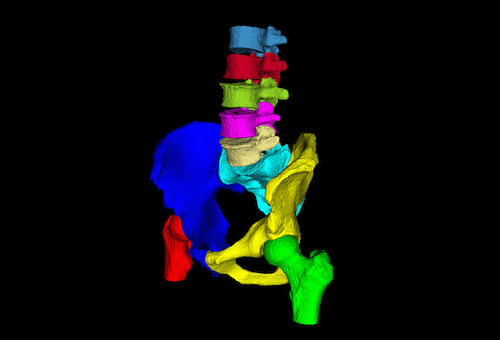
An open-source repository for working with computed tomography data designed to support opportunistic screening. Includes various calibration methods.
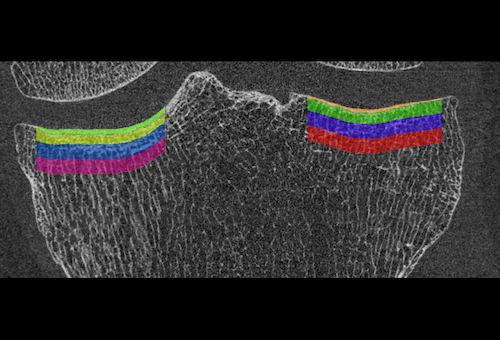
A repository using machine learning to segment the knee and identify regions of interest in each of the four compartments for morphological analysis.
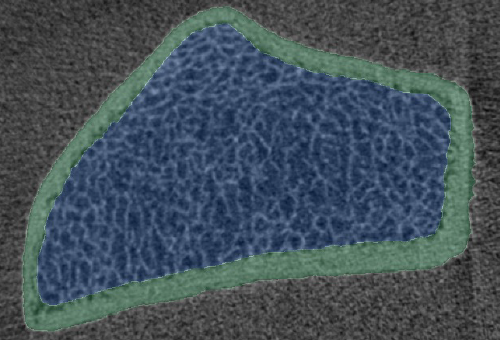
Machine learning for segmenting the distal radius and distal tibia from HR-pQCT scans as an alternative to the morphological processing approach.
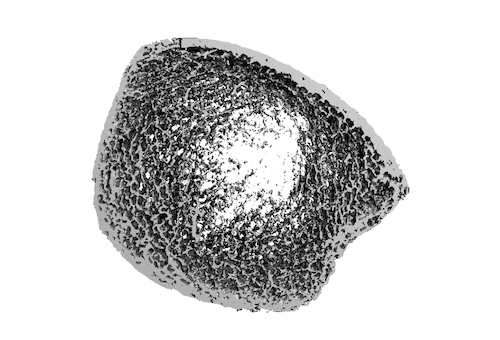
Open-source repository of tools for image processing for microCT, HR-pQCT, or similar data. It has tools for 3D registration and other useful applications.
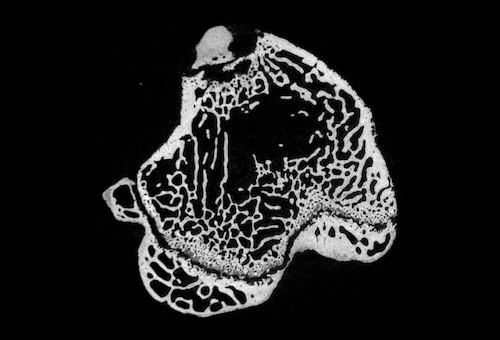
An open-source package for computed tomography reconstruction using filtered back-projection. It is designed for parallel X-rays from synchrotron acquisition.
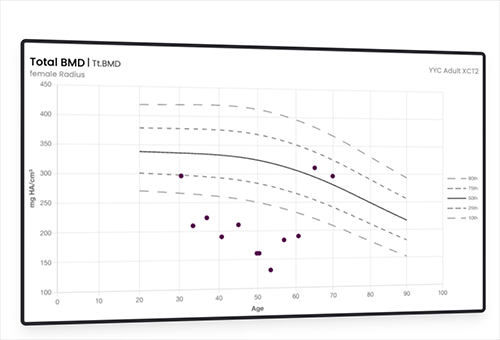
A comprehensive online tool that generates reference plots for HR-pQCT data and DXA data, and reports for bone phenotyping and µFRAC fracture estimation.
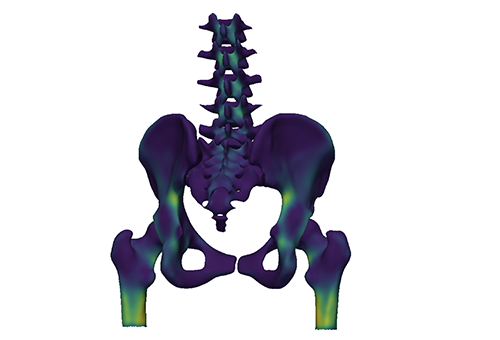
Building on the method devised by Graham Treece, it a model-based approach to extracting cortical thickness and the periosteal surface for HR-pQCT and CT.
Infrastructure
New Ideas
Here is a place we collect ideas for future projects. Some of them are small and some are big!
2025
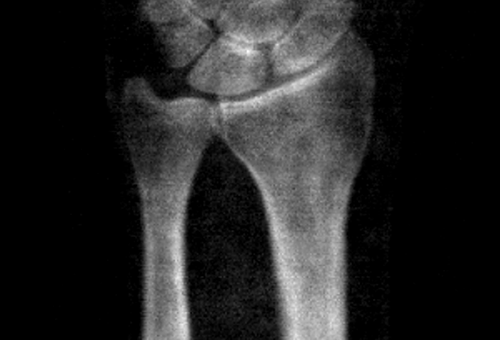
What is the contribution of a forearm DXA to an osteoporosis diagnosis?
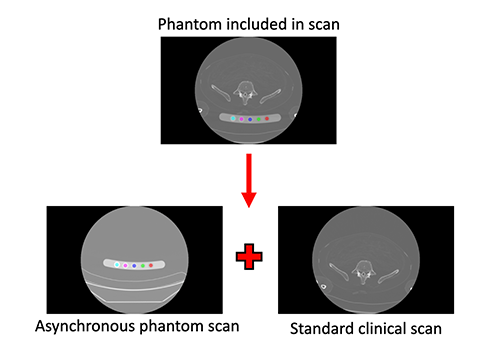
Does synchronous calibration work as well as we think?
2024
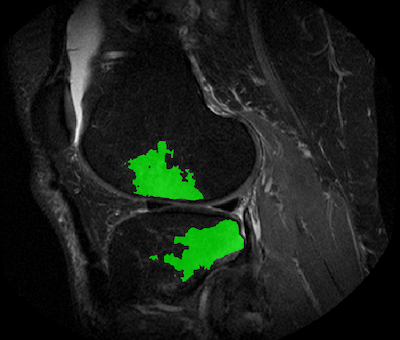
Training machine learning models for the extraction of several features from different MRI sequences…
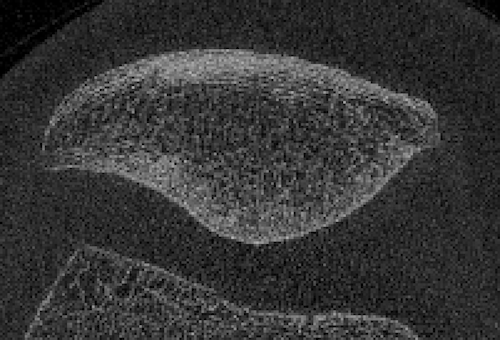
Can we see signs of osteoarthritis in the patella?
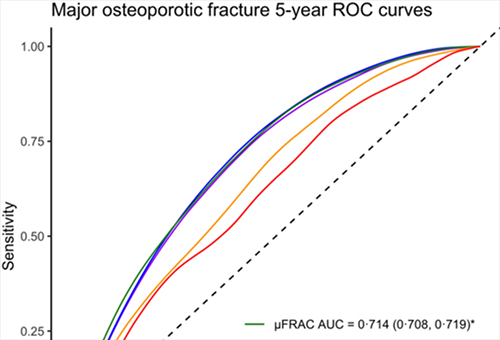
Can we predict fragility fractures using only one skeletal site instead of two…

Taking the leap to making large datasets available for Open Science…
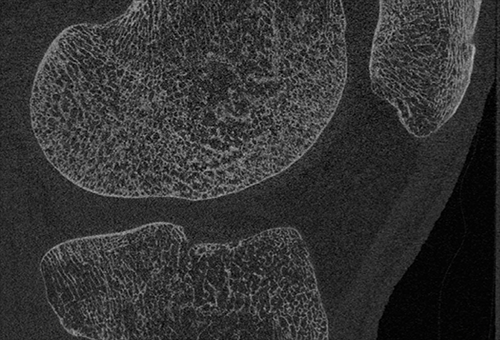
Can we do a better job of segmenting the trabecular structure in knee scans by HR-pQCT…

Establishing whether the fibula can be a non-weight bearing control instead of distal radius…

Developing a new method with universal application for defining bone compartments…

Exploring the relationship between BMD and bone strength: can microarchitecture break the link?

Training a machine learning model that can identify vertebral fractures in clinical CT scans…

